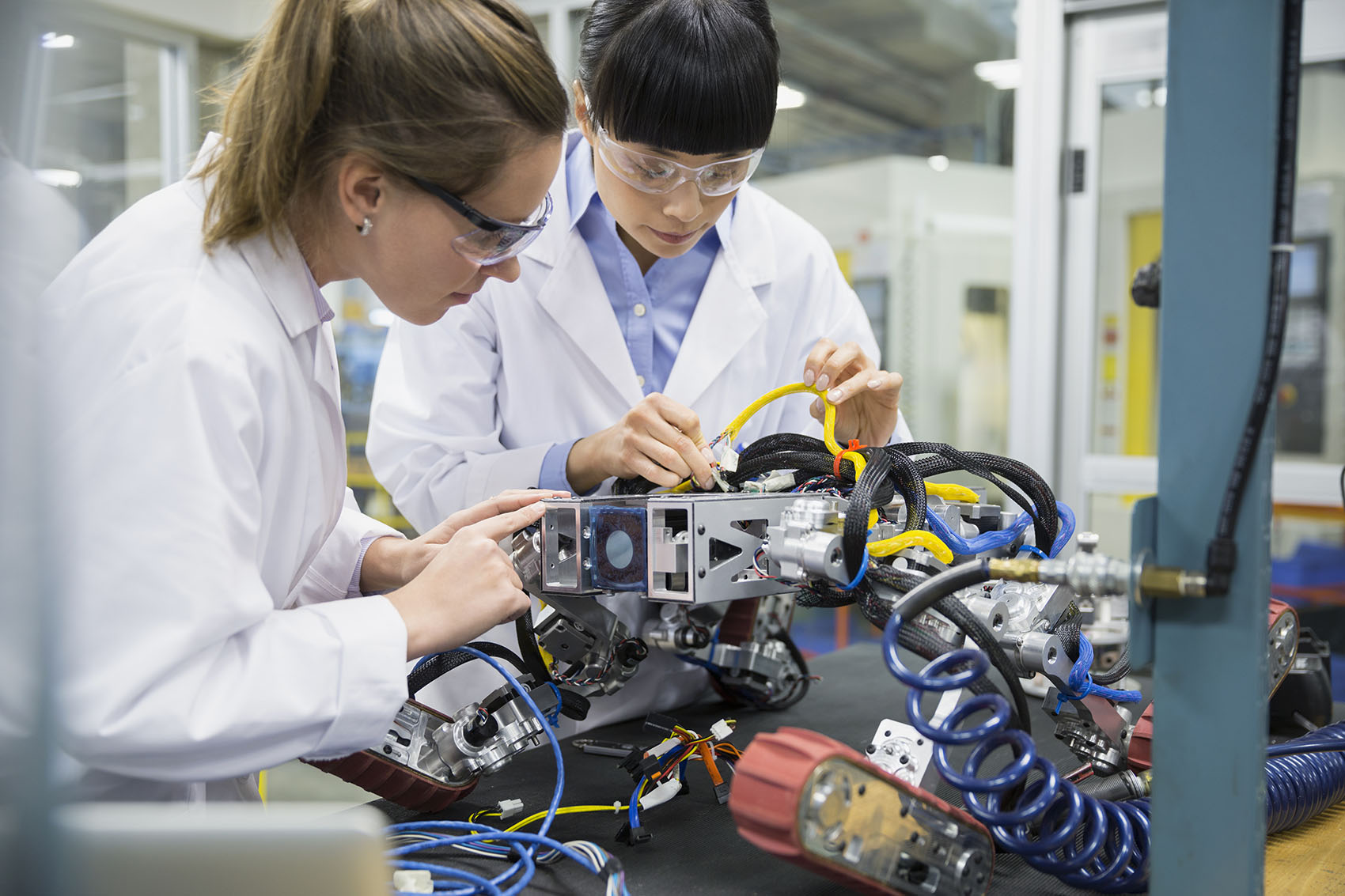Biomechanical Engineering: Bridging the Gap Between Biology and Engineering
Biomechanical engineering is a multidisciplinary field that combines principles from biology, engineering, and medicine to analyze and design biological and medical systems. It focuses on the mechanical properties of biological tissues and organs, and applies engineering principles to develop solutions for various medical and biological challenges.
Key Areas of Biomechanical Engineering
- Biomaterials: Developing new materials that are compatible with biological tissues and can be used for medical implants, prosthetics, and drug delivery.
- Biomechanics: Analyzing the mechanical properties of biological tissues, such as bone, muscle, and cartilage, to understand their function and behavior.
- Medical Devices: Designing and developing medical devices, such as artificial organs, prosthetics, and surgical instruments, that improve patient outcomes.
- Tissue Engineering: Creating artificial tissues and organs using biological and engineering techniques to replace damaged or diseased tissues.
- Biomedical Imaging: Developing and using imaging techniques, such as MRI, CT, and ultrasound, to visualize and analyze biological structures and functions.
- Biofluid Mechanics: Studying the flow of fluids within biological systems, such as blood flow in the circulatory system and air flow in the respiratory system.
Applications of Biomechanical Engineering
- Orthopedics: Designing and developing artificial joints, prosthetics, and surgical instruments for orthopedic applications.
- Sports Medicine: Analyzing the biomechanics of athletes to prevent injuries and improve performance.
- Rehabilitation Engineering: Developing assistive devices and therapies to help individuals with disabilities.
- Biomedical Devices: Creating new medical devices for diagnosis, treatment, and monitoring of diseases.
- Drug Delivery: Designing drug delivery systems that target specific tissues and organs to improve therapeutic efficacy.
- Tissue Engineering: Developing artificial tissues and organs for transplantation and regenerative medicine.
Challenges and Future Directions
Biomechanical engineering is a rapidly evolving field with significant challenges and opportunities. Some of the key challenges include:
- Complexity of Biological Systems: Biological systems are highly complex and often difficult to model and simulate.
- Ethical Considerations: The development and use of biomechanical technologies raise ethical concerns, such as the potential for unintended consequences and the impact on society.
- Regulatory Hurdles: Obtaining regulatory approval for new biomechanical devices and technologies can be a lengthy and complex process.
Despite these challenges, biomechanical engineering has the potential to revolutionize healthcare and improve the quality of life for millions of people. As technology continues to advance, we can expect to see even more innovative and exciting applications of biomechanical engineering in the future.
